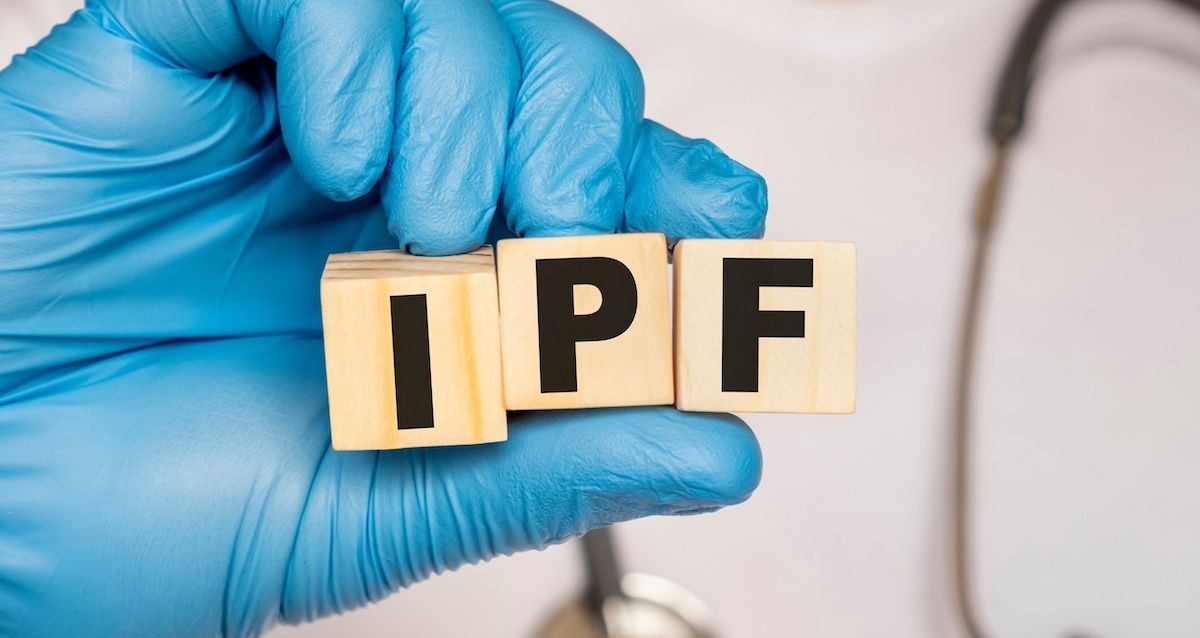News
Article
Automated Body Composition Analysis Predicts Survival in IPF
Author(s):
Researchers say machine learning advances make it possible to use more sophisticated body composition analyses to assess risk of mortality from idiopathic pulmonary fibrosis (IPF).
A team of investigators say they have developed a fully automated body composition analysis that can help predict survival in patients with idiopathic pulmonary fibrosis (IPF).
The authors of the report say the analysis could be a helpful addition to routine clinical care for patients with the disease. The study was published in the Journal of Thoracic Imaging.1
In Europe and North America, between 3 and 18 cases of IPF are diagnosed per 100,000 people each year, making it the most common interstitial lung disease, noted the study authors. Despite its prevalence, relatively few validated prognostic biomarkers have been identified. A meta-analysis published in 2022 and including patients from 20 countries found the cumulative 5-year survival rate from previously published studies was just 45.6%.2
The authors said body composition has been linked with differences in patient survival. The problem, they said, is that the primary parameter used to assess body composition is body mass index (BMI), a measure that lacks the specificity needed to generate meaningful predictions.
Investigators have developed a fully automated body composition analysis that may be able to help predict survival in patients with idiopathic pulmonary fibrosis. | Image Credit: Sviatlana - stock.adobe.com

“One of the main issues with using BMI is that it does not take the distribution of specific body tissues such as fat, muscle, or bone into account,” they said.
More recently, other biomarkers—such as muscle volume, visceral adipose tissue, subcutaneous adipose tissue, and others—have been studied as potential biomarkers, although the authors said many of those biomarkers have historically required significant amounts of labor, making them incompatible with clinical routine in most cases.
Lately, however, advancements in machine learning have made it possible to automatically obtain detailed, 3D body composition analyses based on CT scans. Given the potential to more easily obtain body composition analyses, the investigators wanted to assess their potential utility as predictive biomarkers for survival in IPF.
The investigators created a cohort of 79 patients (19% of whom were female) with a median age of 70 years. They retrospectively performed body composition analyses, using their automated system, on several features, including bone, muscle, total adipose tissue, and both inter- and intramuscular adipose tissue.
Using those data, they divided patients into “high” and “low” categories on sarcopenia, fat, and myosteatosis indices, based on whether the patients’ parameter values were above or below the median values.
The authors found that patients in the “high” category on the sarcopenia and fat indices had longer median survival. Specifically, patients in the high sarcopenia index group had a median survival of 35 months compared with 16 months for those in the low category (P = .066). Those in the high fat index group had a median overall survival of 44 months compared with14 months for those in the low group (P < .001). In the case of the myosteatosis index, being in the low group was associated with superior median survival (33 vs14 months; P = .0056). Those same groups were similarly associated with improved 5-year survival rates, with the biggest difference noted between the high- and low-fat index groups. Patients in the high group had a 47.3% 5-year survival rate compared with 9.2% in the low group.
“To the best of our knowledge, this study is the first to explicitly demonstrate that pure CT-derived fat volume has a possible prognostic value in IPF,” the authors noted. They added that this association was only elucidated with their automated body composition analysis; BMI itself was not associated with survival, they said.
Still, they said BMI is still meaningful as a tool, since a lower BMI is associated with a sharper decline in forced vital capacity, which at present is seen as a “gold standard” prognostic tool in IPF.
Notably, the investigators also found that when patients were in the low groups for both the fat and sarcopenia indices, they had an “astonishingly” lower median survival compared with patients in the high groups (8 vs 66 months,Pk ≤ .0001).
The investigators said a strength of their study is that their CT-based analysis is both reliable and reproducible, and its automated nature means it could be integrated into clinical practice without significantly adding to the workload of clinicians. Before that could happen, however, they said a multicenter validation study with a larger cohort would be needed.
References
1. Salhöfer L, Bonella F, Meetschen M, et al. Automated 3D-body composition analysis as a predictor of survival in patients with idiopathic pulmonary fibrosis. J Thorac Imaging. Published online August 26, 2024. doi:10.1097/RTI.0000000000000803
2. Zheng Q, Cox IA, Campbell JA, et al. Mortality and survival in idiopathic pulmonary fibrosis: a systematic review and meta-analysis. ERJ Open Res. 2022;8(1):00591-2021. doi:10.1183/23120541.00591-2021
Newsletter
Stay ahead of policy, cost, and value—subscribe to AJMC for expert insights at the intersection of clinical care and health economics.




